Besides eating, what else can mushrooms do?
2023-08-18 10:27:17
Speaking of mushrooms, people can't help but associate it with eating for the first time. Although they have always been regarded as "vegetables" by the public, mushrooms are not plants, but fungi.
Moreover, these parts that we usually regard as food are not all mushrooms. Under the ground (or in rotting wood) where they grow, there is also a mycelium network composed of countless cells, called mycelium.
Mycelium is the basic structural unit of fungi, generally tubular, with a fixed cell wall, mostly colorless and transparent, with a diameter between 1 and 30 μm, responsible for absorbing, transporting and storing nutrients. In order to obtain nutrients, the fungi will continue to radiate and extend the mycelium outward during growth, penetrate into the gaps between the soil and decayed wood, and continue to produce branches, eventually forming a huge mycelium network underground.
The main components of mycelial cell wall include chitin, glucan and protein. The outer layer of the cell wall is mainly protein and glucan, while the inner layer is chitin interwoven with other polysaccharides in the form of microfibrils to form a strong skeleton.
Chitin has a tensile strength comparable to that of carbon fibers and has excellent thermal stability and flame retardancy. And dextran, like a binder, can help the mycelium network to bind more closely with the substrate it grows in, so that it can better absorb nutrients from it. It is precisely because of these outstanding characteristics that mycelium has gradually entered the field of vision of material scientists.
In view of the structure and characteristics of mycelium, some innovative scientists try to apply it to the development and manufacture of new biomass materials, and apply it to various design fields.
By establishing suitable culture conditions, the hyphae of mushrooms gradually grow into a single tubular hyphae, and then through artificial induction, the tubular hyphae are entangled and aggregated into a dense sheet-like structure.
Since the entire formation process is realized through the natural growth of mycelia without chemical synthesis, this material is also called a biological assembly material.
At present, there are mainly two types of mycelium materials: pure mycelium materials and mycelium composite materials. Pure mycelium material exists in a flat form and is naturally grown from pure mycelium. Its texture is similar to animal leather. It has been widely used in clothing, shoe and hat processing and other fields.
In recent years, many internationally renowned luxury brands have launched products made of mycelium leather. Compared with raising livestock to produce leather, the carbon emission of mycelium leather production is much smaller than that of the former. It is also for this reason that keen luxury giants see the huge business opportunities hidden in it. After all, environmental protection is the most concerned and popular fashion element nowadays.
With the deepening of research, scientists have discovered that pure mycelium materials have interactive characteristics that can be printed, dyed, and sewed. At the same time, they can also allow mycelium to continue to grow on other fabrics to further form mycelium composite fabrics.
Moreover, the material has tensile resistance due to the intertwining and compression of mycelium, and when they are treated with glycerin, the stretchability can be further enhanced to achieve rubber-like properties. This kind of foam rubber produced by mycelium has many advantages such as lightness, breathability, flame retardancy, and waterproof. It has been used in household products for infants and young children, and has formed a commercial product in North America.
In addition, scientists have discovered that by mixing pure mycelium leather materials with natural or synthetic polymers to form composites, their fatigue and abrasion resistance can be further improved. This material is soft and wear-resistant.
What's even more commendable is that, as pure natural products, they have excellent biocompatibility, will not cause skin irritation and allergic reactions, and are quite safe to use, so they are made into facial masks, eye masks and cosmetic puffs and other medical and beauty products have huge market application potential.
Compared with pure mycelium materials, mycelium composite materials mainly exist in a three-dimensional form, which is a composite material formed by combining mushroom mycelium with agricultural waste such as rice husks, corncobs, straw, and wood chips. In the process of mixed cultivation with these wastes, the mycelium decomposes the wastes to obtain nutrients for its own growth, and at the same time tightly combines the wastes as the attachment of its own growth.
Depending on the incubation time, the color of the material changes from white to brown. The color difference is mainly caused by the amount of mycelium growing on the surface of the material. Usually, the whiter the color, the more vigorous the mycelium growth. The biggest advantage of this composite material lies in its super plasticity, which can be made into any shape according to the different growth molds.
Moreover, this material combines the characteristics of mycelium, plant fiber, straw and other substrates, and has excellent properties such as light weight, strong compression resistance, heat insulation, sound insulation and noise reduction, flame retardant and waterproof. Therefore, mycelium composite materials are mainly used to make cushioning packaging, building bricks, soundproof wall panels, lampshades, tables and chairs, and interior decoration materials for cars.
